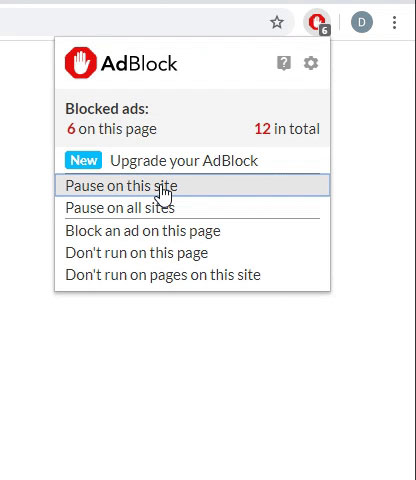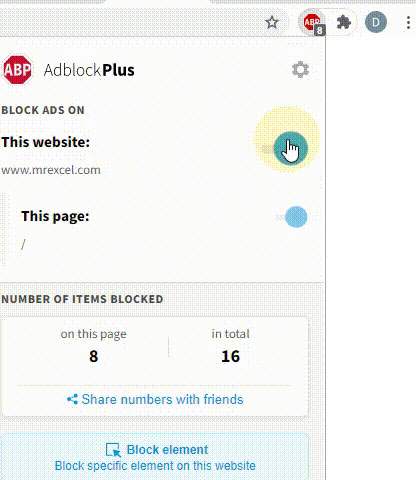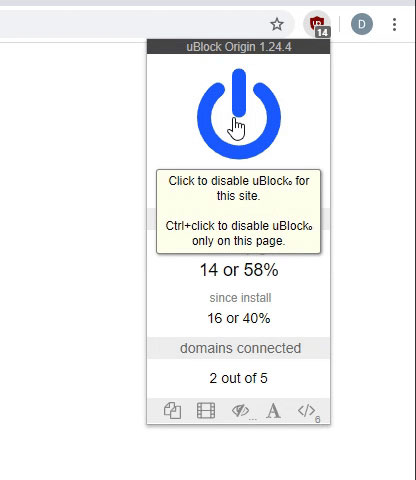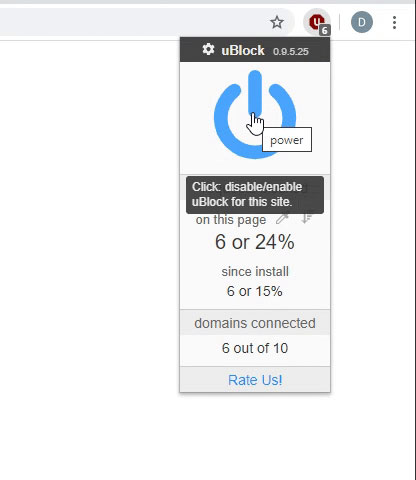Is there a way to dim and set an object in the same line? See example below"
Dim MyRange as range
set MyRange = range("a1")
Is there something like:
set MyRange = range("a1") as range
If there is, can it be made public, or static, or will it be always dim?
thanks
Dim MyRange as range
set MyRange = range("a1")
Is there something like:
set MyRange = range("a1") as range
If there is, can it be made public, or static, or will it be always dim?
thanks





